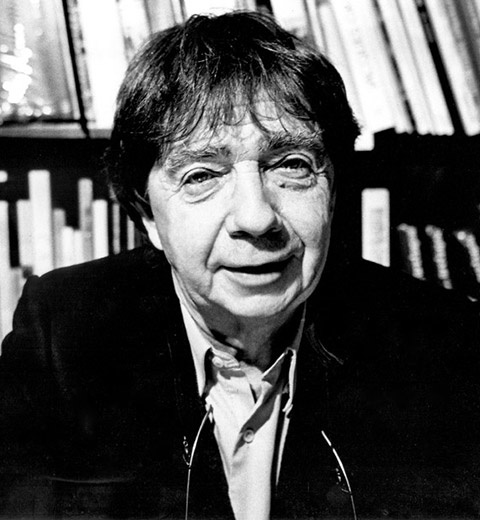Interview Peter Turnley and Markus Schaden
Over 2200 pieces of work from 101 countries were submitted to this year’s Oskar Barnack Award competition. Drawing from a wealth of impressive material, it was up to the jury to choose one winner, one Award Newcomer winner, and nine finalists. Dimitri Beck, Chief Editor of the French magazine Polka, Karin Rehn-Kaufmann, Artistic Director of the Leica Galerie in Salzburg, German publisher and free-lance curator Markus Schaden, French photographer Klavdij Sluban, French/US photographer Peter Turnley, and Brigitte Schaller, Art Director of LFI, were the jurors who took on the challenging task of selecting the best entries.
This competition honouring Oskar Barnack, inventor of the Leica, is one of the most important contests in the field of photography. With each selection, the jury acknowledges the photographer’s powers of observation demonstrated in his or her series. LFI discussed the winners and the meaning of photography today with two jury members.
LFI: Mr. Schaden, was the winner your favourite choice?
Markus Schaden: Yes! Every aspect of the work submitted by Russian photographer Evgenia Arbugaeva had me convinced. She put together the twelve best images to produce an impressive sequence.
LFI: How did you decide this year’s newcomer award?
Markus Schaden: From the jury’s perspective, choosing the newcomer is about discovering the most promising talent. This means that, in addition to the imagery, idea, and technical side of putting it into photo format, there has to be room for a certain spirit to emerge! With Ciril Jazbec we found exactly that.
LFI: Mr. Turnley, you yourself are a photojournalist who has been working all over the world. How did it feel to be judging your colleagues’ work?
Peter Turnley: I have always embraced visual expression with a passion. For me photography is first and foremost about sharing – sharing our feelings, emotions, observations, perceptions, and questions about the world around us, sharing with ourselves and with others, in the present, and through time. I believe that photography and visual expression are truly universal forms of communication. A photo essay, as we saw during the judging of the competition, allows the photographer to touch us deeply. As the images are linked together they can stimulate discussions, even debates; but it’s also about conveying a feeling for visual poetry, for an emotional relationship with the world in which we live. And, at the heart of it all is the question that asks: what makes a story powerful? What touches not only the mind, but the heart, in such a lasting way that it carries the viewer forward?
LFI: When you make a selection, is your choice more intuitive or is it more analytical?
Markus Schaden: Both. When you’ve seen many good images throughout your lifetime, and your own visual hard drive is properly configured, then you appear to react intuitively; yet, in the end, it is analytical. It’s like an orchestra conductor who has directed 200 Beethoven concerts: he or she can immediately hear if the musicians are able to do a good job.
LFI: What impressed you most about the submissions?
Markus Schaden: I was surprised, actually – there were so many works from Syria, directly from the front. Apart from Syria, there was a predominance of submissions dealing with social and political issues – but not always current ones.
LFI: The Leica Oskar Barnack Award is dedicated to journalistic photography with a humanitarian approach. Do we still need that today? Or is it more important than ever?
Peter Turnley: I began my life with photography touched by a book by Henri Cartier-Bresson: The Face of Asia published in 1972. I first saw it when I was 16 years old, and I was inspired and moved by this gentleman’s vision. Even in the most ordinary everyday life situations, there are so many Cartier ‘diamond’ moments – if we are just able to open our eyes and our hearts. It’s not just about photography, but about faith in life. I consider this current moment in the history of photography to be particularly exciting, because we have this great opportunity to share images with the whole world. I remain optimistic that photography will continue to be a universal language that plays an important role in communications and brings people together. The winners, and the submissions in general, are wonderful examples of photography’s capacity to touch the viewer and to have an influence on his or her heart and mind.
LFI: How important is the content of a piece of work to you?
Markus Schaden: It is just as important as the aesthetics and the imagery. A good picture series needs to have it all – including proper editing – that’s very important. Editing is definitely part of the whole process, and I believe work needs to be done on that in the future!
LFI: Mr Schaden, Mr Turnley, many thanks for your time.





